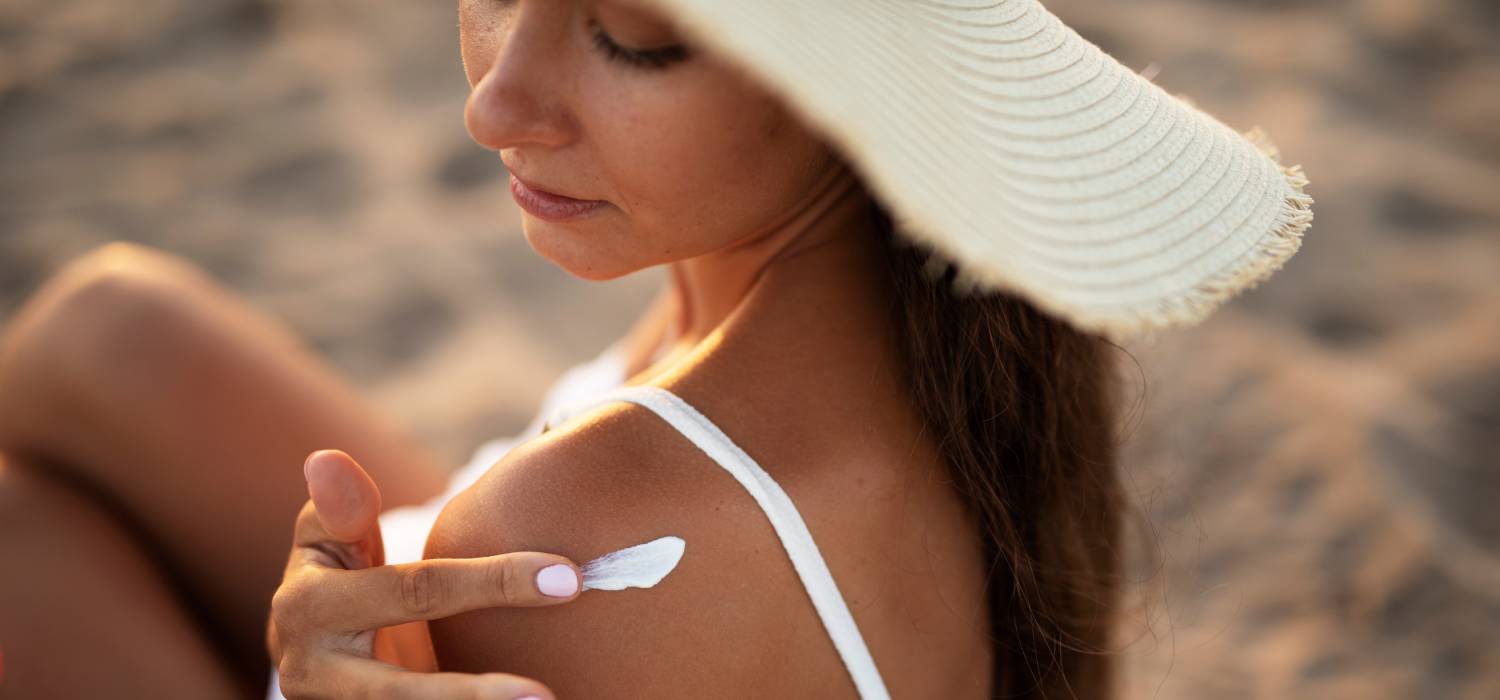Actinic Keratosis At Parasol Dermatology
We’ve all been warned that it’s essential to wear sunscreen when spending time outdoors, even if it’s cloudy. In addition to the risk of sunburn, there’s the ever-looming worry about developing skin cancer. Skin cancer often results from sun damage that has accumulated over time. Actinic keratosis is one indicator of increased risk of skin cancer resulting from this build-up of sun damage. They come in a range of appearances but are mostly red or pink, small and scaly with a rough texture.
In some cases, they may be irritating and itchy. It’s common for them to be easier to feel than to see, being a bumpy area on the skin. Our team at Parasol Dermatology helps to identify and treat cases like these before they can become cancerous.
We Can Help Treat Actinic Keratosis At Parasol Dermatology
These seemingly minor irritations of the skin can become squamous cell carcinoma (skin cancer) over time. When caught early, actinic keratosis can be treated via numerous options before it becomes serious. Dr. Bolante and the team at Parasol Dermatology can help with the following types of treatment:
- Cryosurgery: This is among the most frequently used treatments for actinic keratosis. Cryosurgery involves applying liquid nitrogen to the treatment site. This substance freezes and destroys targeted tissues to prevent them from advancing. There may be some immediate irritation and blistering following treatment, but normal skin will regrow in a few days. It’s common for us to use this approach when a single actinic keratosis is visible or several are clustered in one location.
- Photodynamic Blue Light Therapy: This non-invasive approach uses a special blue light to activate a light-sensitive medication applied to the target area. Known as aminolevulinic acid, this substance responds strongly to blue light, destroying cells in the target area. It’s a common approach when actinic keratoses are spread over a large area.
- Curettage and Electrodesiccation: Using specialized tools, this method of treating actinic keratosis involves scraping out the base of the actinic keratosis and burning it. This process is repeated several times to ensure that all actinic keratoses are removed and a clear margin around the treatment area is established.
Other forms of treatment we may use include chemical peels, laser treatments and surgery. These approaches are a final step when other therapies have proven ineffective. Dr. Bolante also may use alternative forms of treatment in cases where the lesions caused by actinic keratosis are widespread.
Beat Skin Cancer Before You Contract It
Every year, more than 2,000 people lose their lives to non-melanoma skin cancer. Reduce your risk of joining this number by addressing actinic keratosis as soon as you notice it. You can improve your chances further by reducing your exposure to the sun and wearing sunscreen when you go outdoors. It’s good to apply sunscreen any time you’ll be outdoors, as sun damage can occur even on cloudy or overcast days. Contact our office in Monterey to schedule your exam and consultation.


